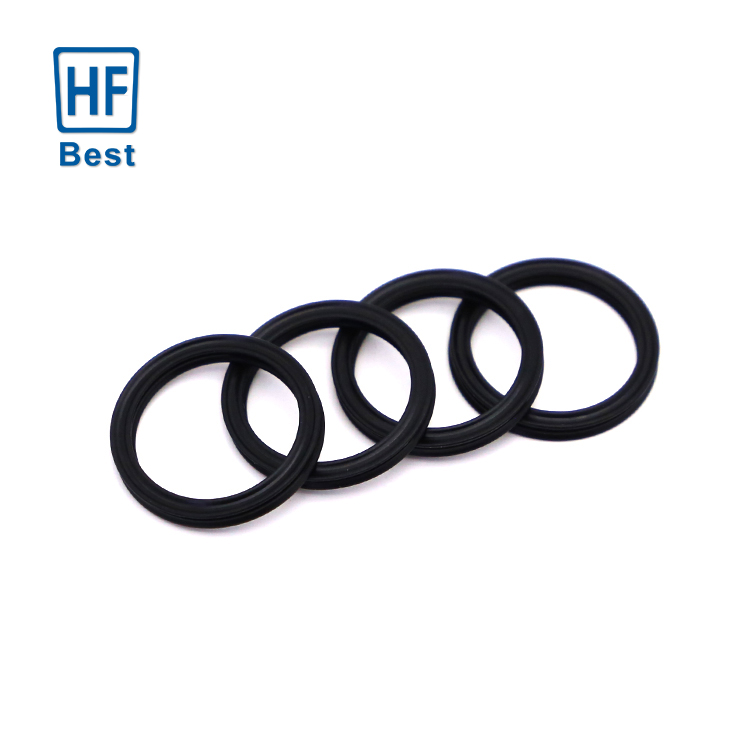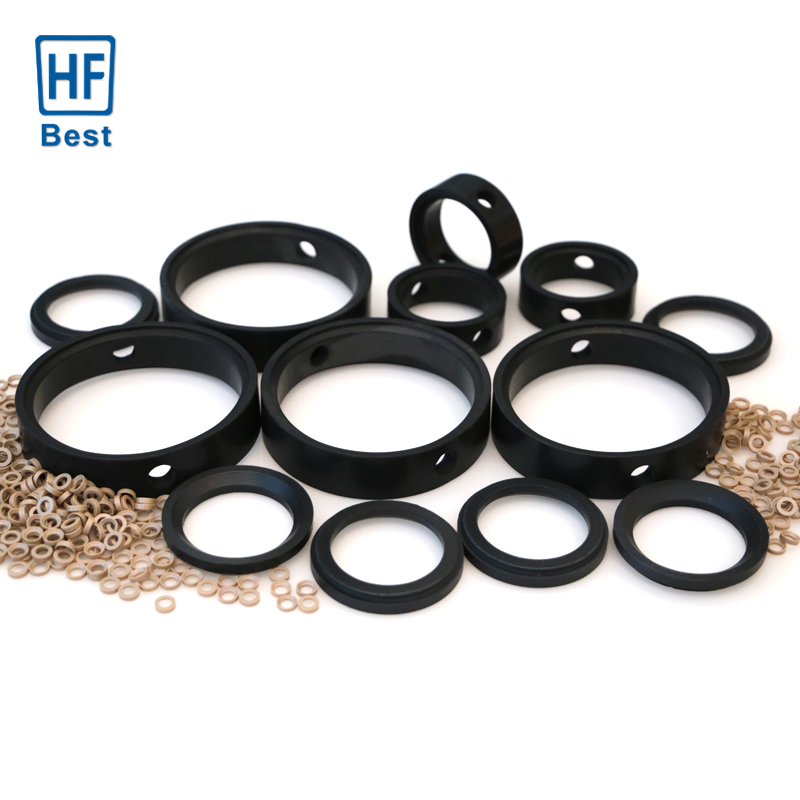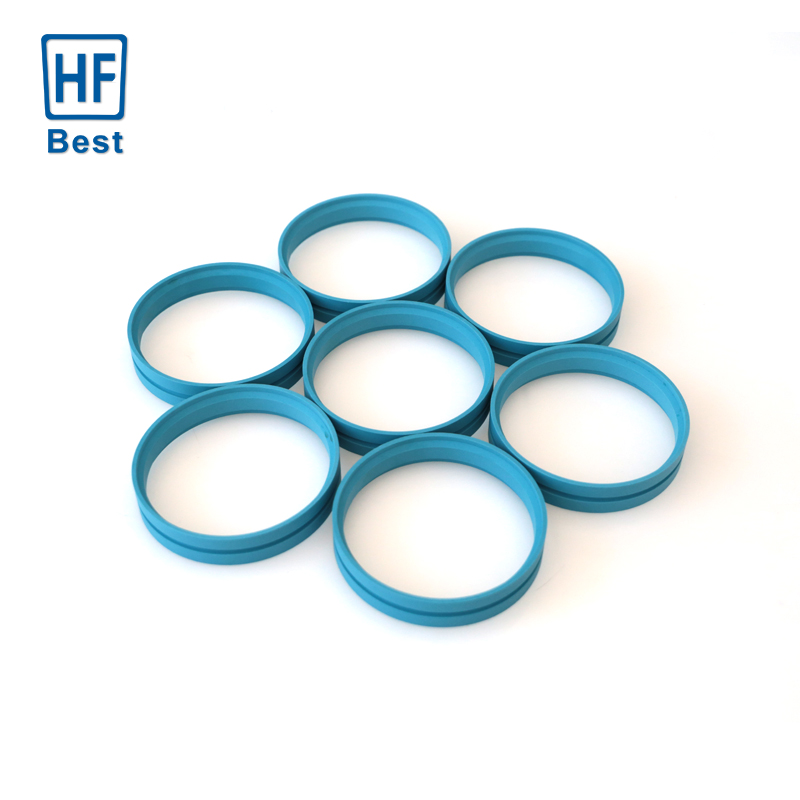News
- Industry news
Industry news
Rubber science knowledge - those things about rubber seals
Comparison of rubber seals with other seals
Compared with other types of sealing rings, rubber seals have the following advantages:
1. Suitable for various sealing forms
Static seal, dynamic seal, suitable for various applications of materials, sizes, grooves have been standardized, strong interchangeability.
2. Suitable for a variety of exercise modes
Rotational motion, axial reciprocating motion, or combined motion (such as rotational reciprocating combined motion).
3. Suitable for a variety of different sealing media
Oil, water, gas, chemical media or other mixed media. By choosing the right rubber material and the right formula design, the effective sealing effect of oil, water, air, gas and various chemical media can be achieved.
4. Simple design, compact structure, convenient disassembly.
The section structure of the rubber sealing ring is extremely simple, with self-sealing function and reliable sealing performance. Because the structure of the rubber seal itself and its mounting parts are extremely simple and standardized, installation and replacement are very easy.
5. There are many kinds of materials.
Can be selected according to different fluids :FKM, silicone rubber, EPDM rubber, neoprene rubber, HNBR, butyl rubber, FLS and so on.
6. Low cost.

Production and processing steps of rubber seals
1. According to the size of the sealing ring to design the mold, the mold should have a reasonable arrangement, the mold is made after the first test mold, to see whether the effect of the finished product is consistent with the drawing requirements.
2. Vulcanization molding of raw materials, during this period, it is necessary to control the temperature of the mold, molding time, and the clamping force and liquid pressure should be appropriate, and be careful when opening the mold.
3. There will be some rough edges on the edge of the sealing ring taken out after opening the mold. It is necessary to remove the rough edges, especially the burrs on the closing line must be cleaned.
4. The use of water cleaning, generally need to be cleaned repeatedly to ensure that the surface of the sealing ring is not stained.
5, secondary vulcanization, during this period need to control the temperature and time of vulcanization, need to pay attention to different materials of the seal ring, the temperature and time of secondary vulcanization is not the same.
6. Cooling, after high temperature secondary vulcanization, because the temperature is relatively high, it needs to be cooled and then carried out the next process. The general cooling time is 1 hour.

The use of rubber seals
1) Fiberglass pipe; FRP sand pipe; FRP pipe jacking; Cable protection tube; Flue gas desulfurization pipe; Coal mine gas drainage pipe; Power plant desulfurization dust removal pipe;
2) Sealing of municipal water supply and drainage pipes;
3) All kinds of process pipeline sealing (petroleum, chemical, metallurgy, paper, sewage, seawater desalination, food brewing and beverage processing, medicine, etc.);
4) Sealing of sewage collection and conveying pipes and water pipes;
5) Sealing of drinking water transmission main pipes and distribution pipes;
6) oil field water injection pipe seal;
7) Hot water conveying pipe and hot spring water conveying pipe are sealed.
8) Used to make all kinds of oil-resistant molded products, oil seals, leather bowls, diaphragm, valves, bellows, hose, seals, foam, etc., also used to make rubber plates and wear-resistant parts.

Precautions for installing and using rubber seals
1. Prevent overdue use.
The use period of the rubber seal is generally 3000 ~ 5000h, and the new rubber seal should be replaced in time.
2. Avoid using old rubber seals.
When using the new rubber seal ring, it is also necessary to carefully check its surface quality to ensure that there are no holes, bumps, cracks and grooves and other defects and sufficient elasticity before use.
3. When replacing the rubber seal ring, it is necessary to strictly check the groove of the rubber seal ring, remove dirt, and polish the bottom of the groove.
4, can not be installed in the wrong direction and damage the lip.
If there are more than 50μm bruises on the lip, it may cause significant oil leakage.
5, prevent forced installation.
Can not be struck with a hammer, but to use a special tool to first press the rubber seal into the seat hole, and then use a simple cylinder to protect the lip through the spline. Before installation, apply some lubricating oil on the lips to facilitate installation and prevent burns during initial operation, and pay attention to cleanliness.
6, replace the size of the rubber seal ring to be consistent.
In strict accordance with the requirements of the instructions, the rubber sealing ring of the same size should be selected, otherwise it can not ensure the tightness and other requirements.
7, installation, should first strictly clean the parts of the open hydraulic system, it is best to use special tools to prevent the metal edge will scratch the finger.
8, in order to prevent damage resulting in oil leakage, it must be operated according to regulations, at the same time, can not be overloaded for a long time or put the machine in a harsh environment.







